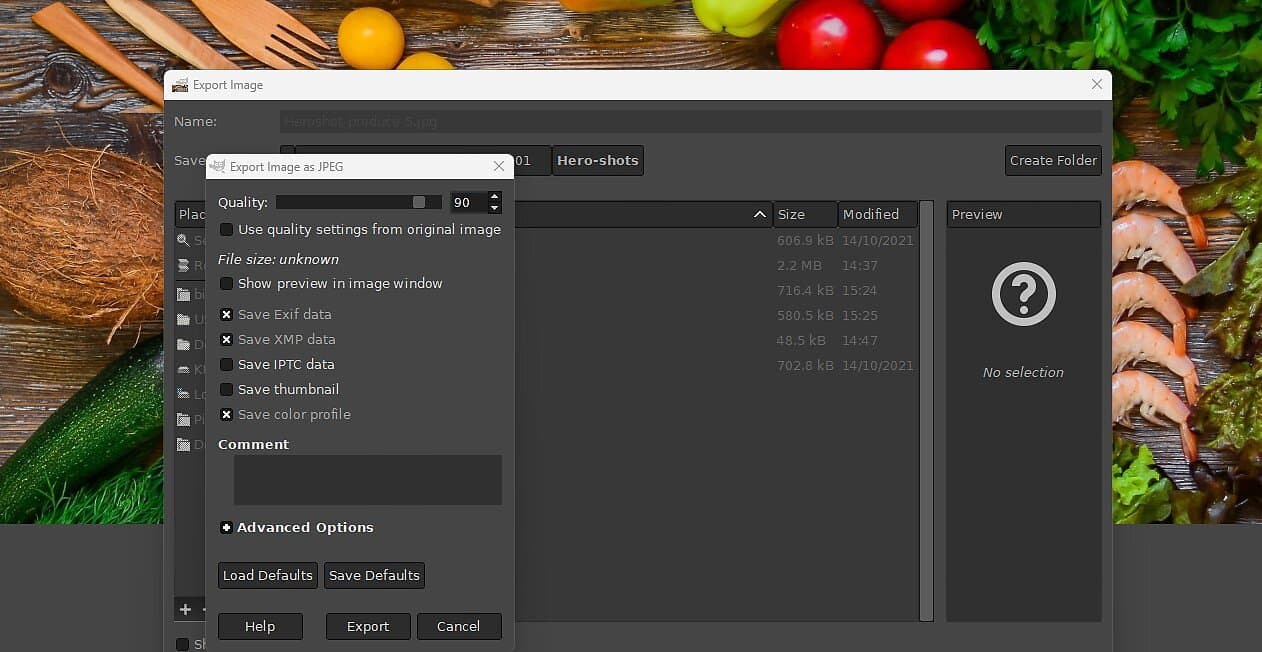

You Must Optimize Your Store Images. Here are 4 Reasons.
The third reason might surprise you.
The Crucial Role of Optimized Images for Ecommerce Stores
In the world of ecommerce, where visual appeal plays a significant role in attracting and engaging customers, the importance of optimized images cannot be overstated. With the increasing competition in online markets, every element of an ecommerce store, including product images, must be carefully optimized to ensure a seamless and satisfying user experience. In this article, we will explore why optimized images are vital for the success of an ecommerce store and discuss some free tools that can assist merchants in optimizing their images.
1. Enhancing Page Load Speed:
Page load speed is a critical factor in determining user satisfaction and conversion rates for any ecommerce website. Research shows that even a one-second delay in page load time can lead to a significant drop in conversions. Since images constitute a large portion of a webpage's content, optimizing them is crucial to minimize file sizes without compromising quality. By reducing image file sizes, optimized images contribute to faster loading times, resulting in improved user experiences and higher conversion rates.
2. Improving Search Engine Optimization (SEO):
Search engines consider various factors when ranking web pages, and image optimization is one of them. Optimized images can help improve SEO by providing search engines with valuable information about the content and relevance of a webpage. By adding descriptive alt tags and optimizing file names, ecommerce stores can enhance their chances of appearing in image search results and driving organic traffic to their websites. Furthermore, since faster page load speeds positively impact SEO, optimized images indirectly contribute to higher search engine rankings.
3. Enhancing User Experience and Engagement:
High-quality images play a pivotal role in captivating and engaging online shoppers. Optimized images ensure that users can quickly view product details without encountering long loading times or pixelated images. By providing crisp, visually appealing product visuals, ecommerce stores can create a positive first impression and build trust with their potential customers. Additionally, optimized images enable customers to zoom in and explore product details, further enhancing their overall shopping experience.
3. Compatibility Across Devices:
In today's mobile-driven world, ecommerce stores must cater to users accessing their websites from various devices and screen sizes. Optimized images play a crucial role in ensuring compatibility and responsiveness across different devices, including smartphones, tablets, and desktops. By reducing file sizes and implementing responsive design techniques, ecommerce stores can provide a seamless browsing experience across all devices, thereby increasing the chances of conversion.
Tools for Image Optimization:
Fortunately, there are several free tools available to assist ecommerce merchants in optimizing their images. Two notable examples are GIMP and TinyPNG:
GIMP (GNU Image Manipulation Program):
GIMP is a powerful and free open-source image editing software that offers a wide range of features for image optimization. With GIMP, merchants can resize, crop, compress, and optimize their images while retaining excellent quality. It supports various file formats and provides advanced editing options for more complex image adjustments.
TinyPNG:
TinyPNG is a web-based tool that specializes in compressing PNG and JPEG images without significant quality loss. By reducing file sizes, TinyPNG helps improve page load speed and overall user experience. It also offers a WordPress plugin and an API for seamless integration into ecommerce platforms.
Conclusion:
Optimized images are a fundamental aspect of running a successful ecommerce store. By enhancing page load speed, improving SEO, enhancing user experience, and ensuring compatibility across devices, optimized images contribute to higher conversion rates and improved customer satisfaction. Utilizing free tools like GIMP and TinyPNG, ecommerce merchants can easily optimize their images and leverage their full potential to create visually stunning and efficient online shopping experiences. Remember, every pixel matters in the competitive world of ecommerce.